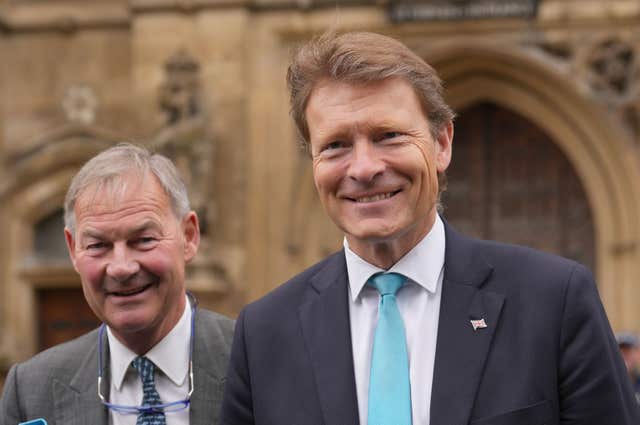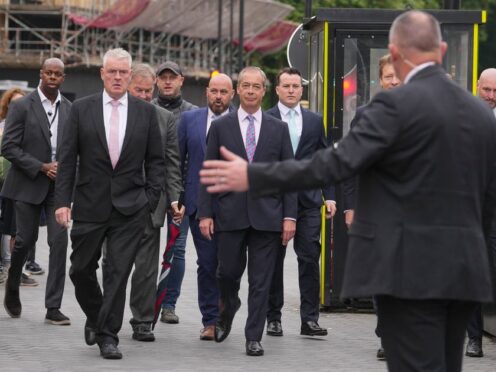Nigel Farage has arrived at Parliament for his first day in the Commons at the head of Reform UK’s first elected MPs.
The group of five men, including party chairman Richard Tice and former Tory MP Lee Anderson, had been expected to stage a Reservoir Dogs-style entrance to Westminster, referring to the Quentin Tarantino film about a failed diamond heist.
The other new arrivals were Rupert Lowe, former chairman of Southampton FC and now MP for Great Yarmouth, and James McMurdock, a 38-year-old former banker who unexpectedly edged the contest in South Basildon and East Thurrock by 98 votes.

The men paused for photographs by Parliament’s St Stephen’s Entrance, but made no statement to the press. Responding to a shout of “Have fun” from a photographer, Mr Tice replied: “We will.”
The group then entered Parliament, a member of Commons staff placing a green-and-white MP’s lanyard around Mr Farage’s neck.
Last week’s election was the eighth time Mr Farage had attempted to become an MP, while his party achieved greater electoral success than either of his former outfits.
But Reform fell short of the six million votes its leader had been targeting, gaining their five seats on the back of 4.1 million votes – around 14% of the total.
That figure is slightly more than the 3.9 million Ukip gained when led by Mr Farage in the 2015 election, which saw the party gain one seat.
Last Thursday also saw Reform come second in 98 seats, many of which are now held by Labour, and Mr Farage has set his sights on the new Government, saying it “could be in trouble pretty quickly”.
